In the beginning was Fellini’s La Dolce Vita, pleached and Proustian, released in February 1960. This was followed soon after, at Cannes in May 1960, by Antonioni’s L’Avventura, which invented slow cinema by taking a Hitchcock premise through a maze with no end. In June the following year, Last Year in Marienbad was released, in which Alain Resnais and Alain Robbe-Grillet entered the very cauldron where time and experience are formed out of stillness and silence. And Fellini’s 8½, appearing in February 1963, deployed all this and decided at the last (he had two endings) to return us to easy affability, albeit in a circus ring (the alternative, unused ending took his actors into death on an eerie Marienbad train).
Four films, all perfectly realised works of art, all in widescreen, all black and white: in three years the astonishing peak of modernist cinema had been accomplished and everything we understand by ‘film as art’ had been laid down. Despite the nonsense often put forward at the time about portrayals of decadence, we can see clearly in hindsight that they are pagan works, non-censorious, deeply human, ground-breaking and liberating.
It is probably no accident that these new ways of seeing and exploring the world co-incided with the appearance in society of hallucinogenic drugs. Of the four films, Marienbad is the most intellectually notorious, and poses the great question: ‘What on earth have I just seen?’ The film’s mesmeric beauty means the question cannot be brushed aside.
The curators at the Kunsthalle in Bremen recently mounted an exhibition to probe this question; and they have also produced an accompanying book, now published in English translation, which is a work of art in itself. The first half is a collection of essays, with whose proposals I could grow very disputatious; but the texts are printed in white on black paper, which seems to be a metaphor for saying ‘These analyses are only stabs in the dark.’
Several times the texts describe Marienbad as ‘irritating’, including once at the very beginning of the Foreword. I hope this is a poor translation, because in English the word is the one most frequently used by philistines to attack challenging works of art. It is not clear what the contributors are trying to say by it, because one of the triumphs of Marienbad is how its diffusion of subject and object, past and present, here and there, its non sequiturs and surprises, are not irritating but unfold in a single organic glide: Resnais’s poise doesn’t falter for a moment.
I would also question the use of ‘cold’ and ‘lifeless’ to describe the film and its characters. Marienbad has many abstract qualities, but it isn’t cold, unless yearning, apprehension, desire and interpersonal error are considered cold rather than disturbing, poignant and moving. It is an Apollonian work: there is nothing of the gothic or the superstitious in this most haunting of films.
It is fascinating to read about the devices of disorientation which Resnais employed: walls on rollers to alter the size of rooms, dislocation by using three locations as one (the Nymphenburg, Schleissheim, the studio), painted shadows, the shuttling of statues to different positions. In interviews, Resnais and the scriptwriter Robbe-Grillet often gave conflicting explanations, although once the final screenplay was agreed Resnais made the film alone, altering much. Eric Rohmer called it ‘cubist’, which is more helpful than surrealist, dreamlike, symbolic, labyrinthine (all much used by the commentators here), because it implies a work that is extroverted and not introverted.
The second half of the book is a catalogue of what was on show in the Bremen exhibition. Most relevant are sample pages of the shooting script and continuity diagrams — they resemble those prodigious music scores of Ligeti or John Cage. Artistic predecessors as far as mood is concerned are represented by the photographs of Atget and the pictures of de Chirico, Magritte and Delvaux. Contemporary artists influenced by the film include Cindy Sherman and Patrick Faigenbaum. But I could have done without Jeff Koons’s hideous gold lump: Resnais used rococo interiors only because he was filming in black and white, and his film is never kitsch.
It was disappointing not to have had exhibits relating Marienbad to psychedelic drug perception; or to its wider filmic context, backwards to La Règle du Jeu and forwards to Mulholland Drive. But everyone involved in both the exhibition and this book must be congratulated for bringing such a wonderful idea to fruition. My arguments with them are not mean-minded, and only further testify to the power of cinema’s supreme masterpiece of enigma.
The post A masterpiece of mesmerising beauty appeared first on The Spectator.
Got something to add? Join the discussion and comment below.
Get 10 issues for just $10
Subscribe to The Spectator Australia today for the next 10 magazine issues, plus full online access, for just $10.
You might disagree with half of it, but you’ll enjoy reading all of it. Try your first month for free, then just $2 a week for the remainder of your first year.

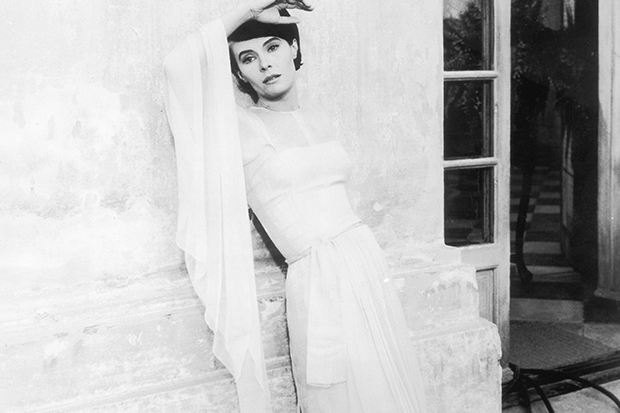
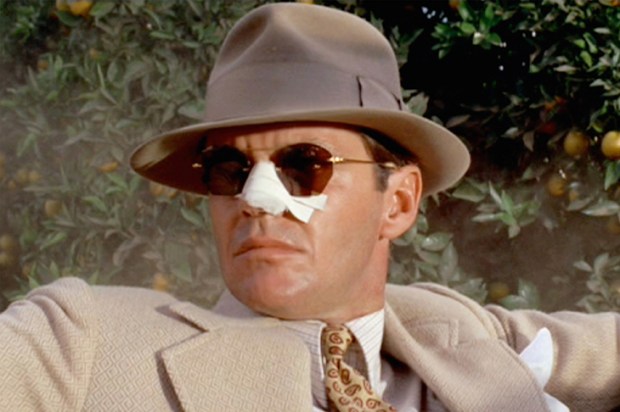
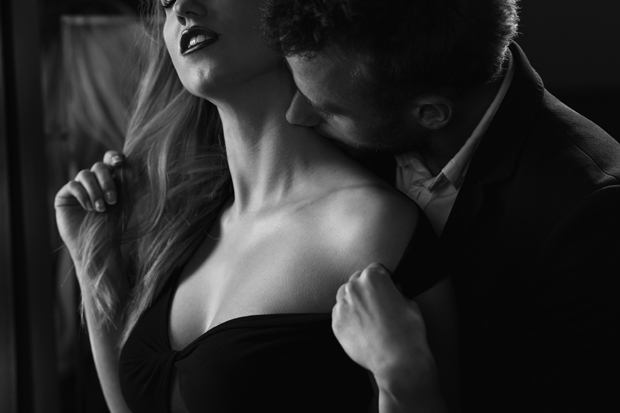
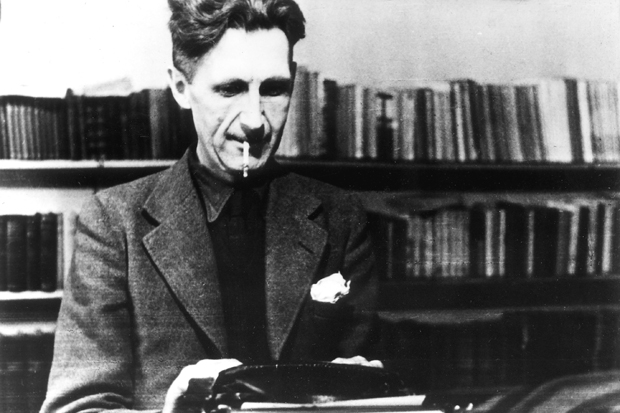
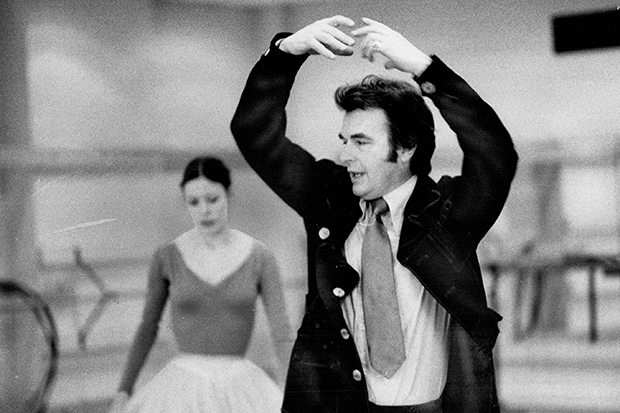
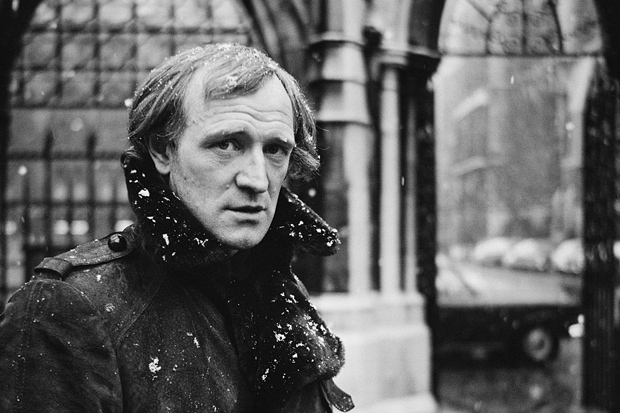
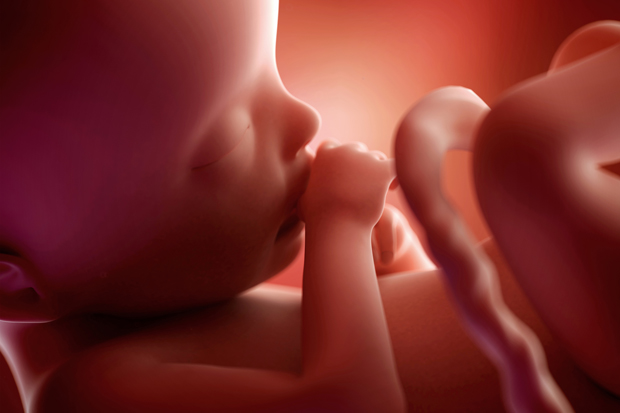






Comments
Don't miss out
Join the conversation with other Spectator Australia readers. Subscribe to leave a comment.
SUBSCRIBEAlready a subscriber? Log in